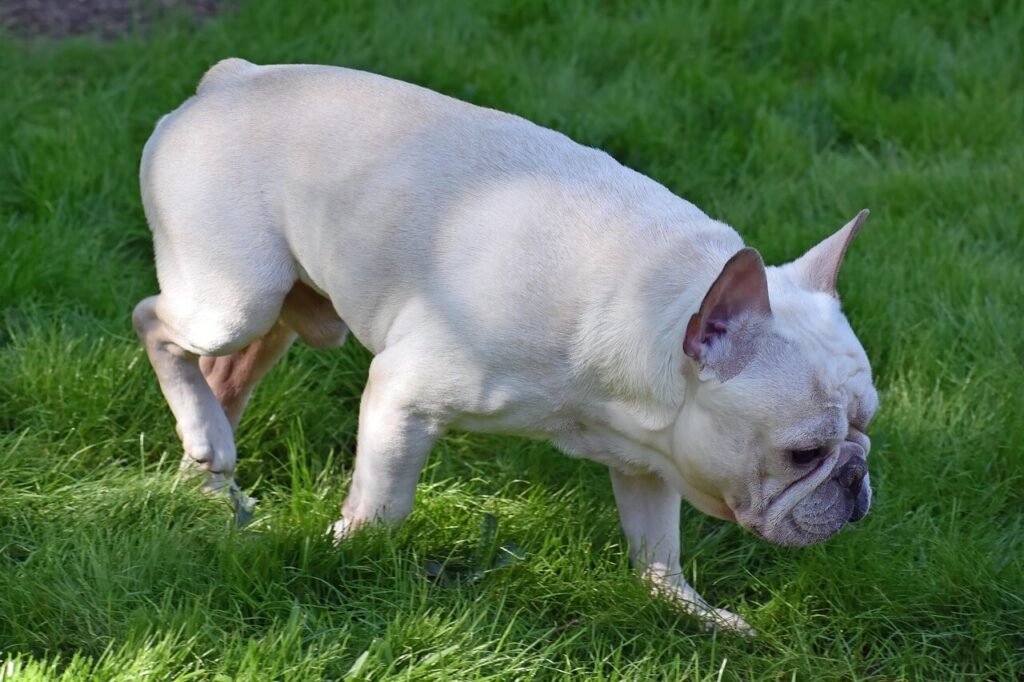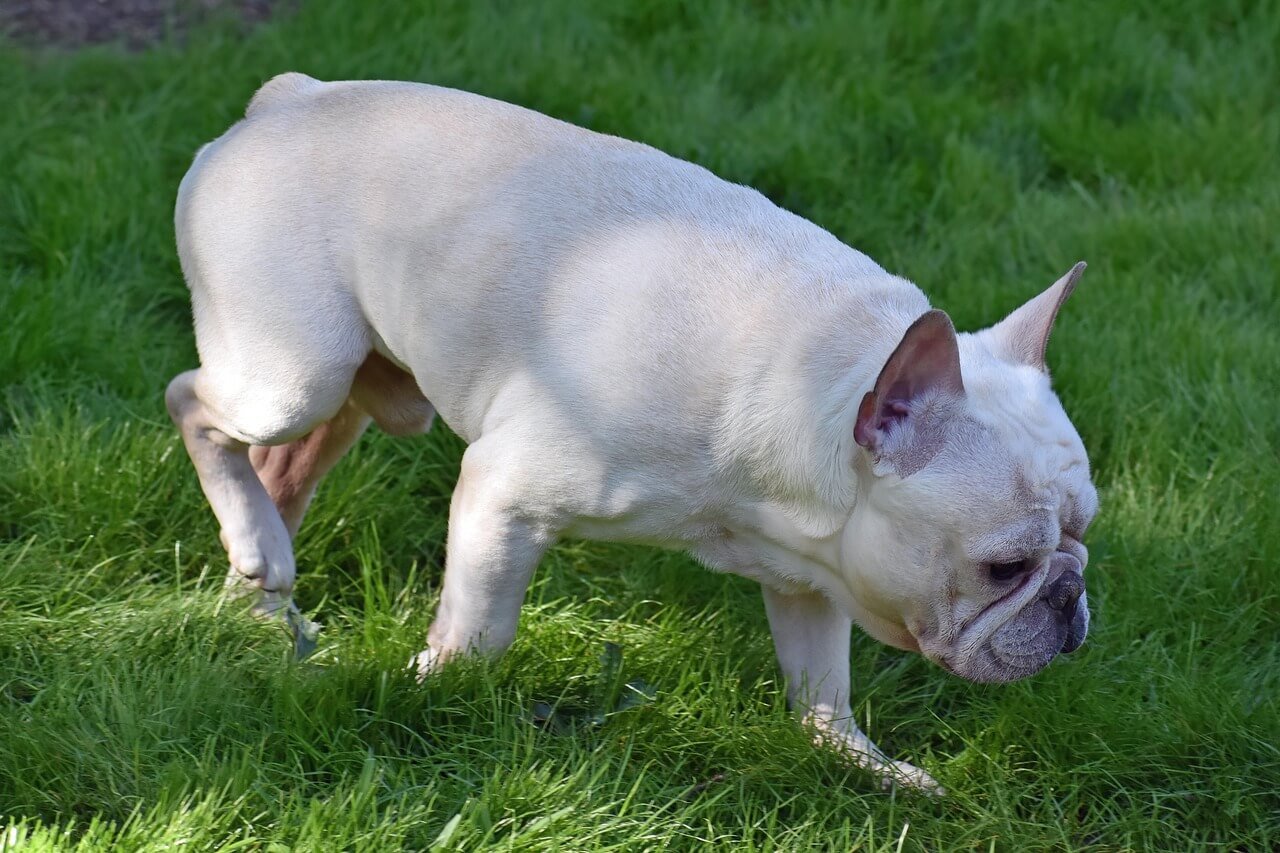Understanding Sialocele in Dogs
Sialocele, also known as salivary mucocele, is a condition where saliva leaks from the salivary glands and accumulates in the surrounding tissues, forming a fluid-filled swelling. While it may sound alarming, sialoceles are typically benign and not life-threatening. However, they can cause discomfort for your dog and may require medical attention to resolve. This blog post will explore the causes, symptoms, diagnosis, and treatment options for sialocele in dogs, helping you better understand this condition and how to care for your furry companion if it arises.
Common Causes of Sialocele in Dogs
While the exact cause of sialocele isn’t always clear, certain factors can contribute to its development. Understanding these potential triggers can help prevent or address the condition effectively.
Trauma to the Salivary Glands:
Injury to the neck or head area can damage the salivary ducts, leading to saliva leakage and subsequent swelling.Obstruction of Salivary Ducts:
Blockages caused by inflammation, tumors, or foreign bodies can prevent saliva from draining properly, resulting in a sialocele.Congenital Factors:
Some dogs may be born with structural abnormalities in their salivary glands or ducts, making them more prone to this condition.Breed Predisposition:
Certain breeds, such as German Shepherds and Retrievers, are more likely to develop sialoceles due to anatomical differences.Chewing or Playing Habits:
Excessive chewing on hard objects or rough play can irritate the salivary glands, increasing the risk of sialocele formation.
Identifying these underlying causes can guide veterinarians in diagnosing and treating sialoceles more effectively.

Symptoms of Sialocele in Dogs
Recognizing the signs of sialocele early can ensure prompt treatment and minimize discomfort for your dog. Here are some common symptoms to watch for:
Swelling Under the Jaw:
A soft, fluid-filled lump near the lower jaw or neck is one of the most noticeable signs of a sialocele.Difficulty Eating or Swallowing:
The swelling may interfere with your dog’s ability to eat or swallow comfortably.Excessive Drooling:
Increased salivation or drooling can occur as a result of saliva buildup in the affected area.Bad Breath:
If the sialocele becomes infected, it may lead to foul-smelling breath or discharge from the swelling.Pawing at the Face:
Dogs may paw at their face or neck in an attempt to relieve discomfort caused by the swelling.
If you notice any of these symptoms, consult your veterinarian promptly to determine the cause and appropriate treatment plan.
Check this guide 👉Thiamine Deficiency in Dogs: Best 7 Expert Tips!
Check this guide 👉Sepsis in Dogs: Best 7 Expert Tips!
Check this guide 👉Understanding Myopathy in Dogs: Best 7 Expert Tips!
Types of Sialoceles | Key Characteristics |
|---|---|
Cervical Sialocele | Swelling occurs in the neck region |
Sublingual Sialocele (Ranula) | Swelling appears under the tongue |
Pharyngeal Sialocele | Swelling forms in the throat area |
Zygomatic Sialocele | Swelling develops near the cheekbone |
Combined Sialocele | Involves multiple salivary gland areas |
Diagnosing Sialocele in Dogs
Proper diagnosis is essential for determining whether your dog has a sialocele and ruling out other conditions with similar symptoms. Veterinarians use several methods to confirm the presence of a sialocele.
Physical Examination:
A thorough physical exam helps identify the location, size, and characteristics of the swelling.Fine Needle Aspiration:
A small sample of the fluid is extracted and analyzed to confirm that it contains saliva, indicating a sialocele.Ultrasound Imaging:
Ultrasound provides detailed images of the affected area, helping locate the damaged salivary gland or duct.X-rays or CT Scans:
Advanced imaging techniques may be used to rule out other causes, such as tumors or foreign bodies.Evaluation of Symptoms:
Your veterinarian will consider your dog’s history and symptoms to make an accurate diagnosis.
Early and accurate diagnosis ensures timely intervention and reduces the risk of complications.
Treatment Options for Sialocele in Dogs
Once diagnosed, there are several treatment options available for managing sialoceles in dogs. The choice depends on the severity of the condition and your dog’s overall health.
Conservative Management:
Mild cases may resolve on their own with rest and monitoring, especially if the swelling is small and not causing discomfort.Drainage of Fluid:
In some cases, the fluid is drained using a needle, though recurrence is common without additional treatment.Surgical Removal:
Removing the affected salivary gland is often the most effective long-term solution, preventing recurrence of the sialocele.Medication:
Antibiotics or anti-inflammatory drugs may be prescribed to manage infections or reduce inflammation.Warm Compresses:
Applying warm compresses to the swollen area can help reduce discomfort and promote healing in mild cases.
With proper treatment, most dogs recover fully and return to their normal activities.
Preventative Measures for Sialocele
Preventing sialocele in dogs may not always be possible, but taking proactive steps can reduce the risk of this condition developing. These measures focus on maintaining your dog’s overall health and minimizing trauma to the salivary glands.
Avoid Hard Objects:
Discourage your dog from chewing on hard toys or sticks that could injure the mouth or neck area.Monitor Playtime:
Supervise interactions during rough play to prevent accidental injuries to the head or neck.Regular Dental Checkups:
Routine dental exams help identify issues like infections or blockages that could contribute to sialocele formation.Maintain a Healthy Diet:
Providing balanced nutrition supports overall oral and glandular health, reducing the likelihood of complications.Address Injuries Promptly:
Seek veterinary care for any trauma to the head or neck to prevent secondary issues like sialoceles.
By implementing these preventative strategies, you can lower your dog’s risk of developing a sialocele.
Post-Treatment Care for Dogs
After treatment for sialocele, proper aftercare is crucial to ensure a smooth recovery and minimize the risk of recurrence. Follow these guidelines to support your dog’s healing process.
Monitor the Surgical Site:
Keep an eye on the incision area for signs of infection, such as redness, swelling, or discharge.Administer Medications as Prescribed:
Give antibiotics or pain relievers exactly as directed by your veterinarian to promote healing.Limit Physical Activity:
Restrict strenuous exercise or rough play for at least two weeks to allow tissues to heal properly.Provide Soft Food:
Offer soft, easy-to-eat meals to avoid irritating the surgical site during recovery.Schedule Follow-Up Visits:
Attend all follow-up appointments to ensure the sialocele has resolved completely and no complications have arisen.
With attentive post-treatment care, your dog will recover quickly and comfortably.
Emotional Support for Your Dog
Recovering from a sialocele can be stressful for your dog, so providing emotional support is just as important as physical care. These tips help reassure your dog and strengthen your bond during their recovery period.
Offer Comfort Items:
Provide familiar blankets, toys, or bedding to create a sense of security and calm.Spend Quality Time Together:
Engage in gentle activities like petting or quiet cuddle sessions to show your dog they’re loved and supported.Use Positive Reinforcement:
Reward your dog with treats or praise for cooperating during treatments or checkups to build confidence.Minimize Stressful Situations:
Avoid exposing your dog to loud noises, unfamiliar people, or other stressors while they heal.Be Patient and Reassuring:
Recovery takes time, so remain patient and offer consistent reassurance to help your dog feel safe and secure.
Emotional support plays a vital role in ensuring your dog feels comfortable and loved throughout their recovery journey.
Frequently Asked Questions About Sialocele in Dogs
What causes sialocele in dogs?
Sialocele can result from trauma, blockages, or unknown factors affecting the salivary glands.
Is sialocele painful for dogs?
Typically, sialoceles are painless unless they become infected or press on sensitive areas.
Can sialocele go away on its own?
In rare cases, small sialoceles may resolve without treatment, but medical intervention is usually recommended.
How much does treatment cost?
Costs vary depending on the treatment method, ranging from drainage (lower cost) to surgery (higher cost).
Are certain breeds more prone to sialocele?
Yes, breeds like German Shepherds and Dachshunds have a higher predisposition.
Caring for Your Dog with Sialocele
Sialocele in dogs may seem concerning, but with proper care and treatment, most cases have excellent outcomes. By staying vigilant for symptoms, seeking prompt veterinary attention, and following recommended treatment plans, you can ensure your dog remains comfortable and healthy. Remember, understanding this condition empowers you to make informed decisions and provide the best possible care for your beloved pet. With patience and support, your dog will soon be back to enjoying life to the fullest.
Canned Pumpkin for Cat Diarrhea: Best 7 Expert Tips! Natural remedy to firm stools, soothe upset bellies, and support gut health safely.
Can a Cat Give You Scabies? Best 7 Expert Tips! Discover the truth about feline mites, human skin risks, and how to protect yourself—without panic.
Cat Flea vs Human Flea: Best 7 Expert Tips! Discover the truth about bites, species, and how to eliminate infestations for good.
Weird Cat Behaviors: Best 7 Expert Tips! Discover why cats do strange things—and how to understand, not punish, their instincts for a happier home.





